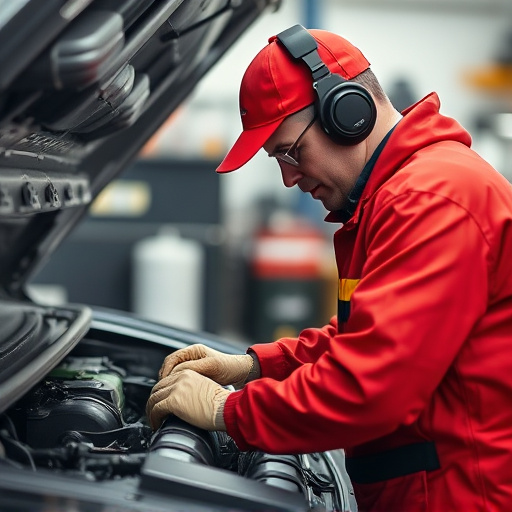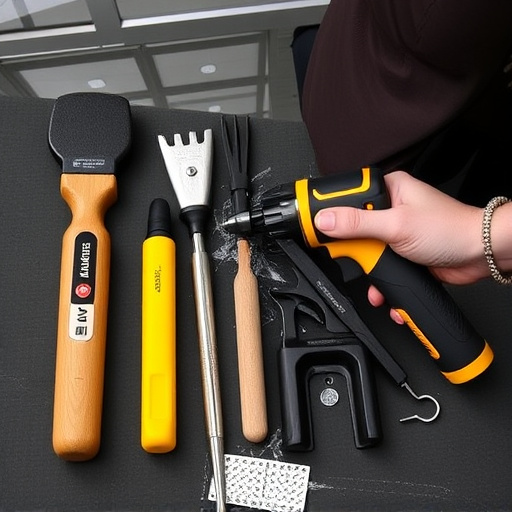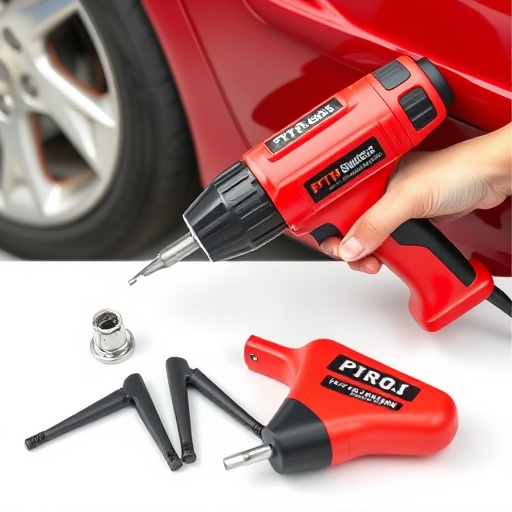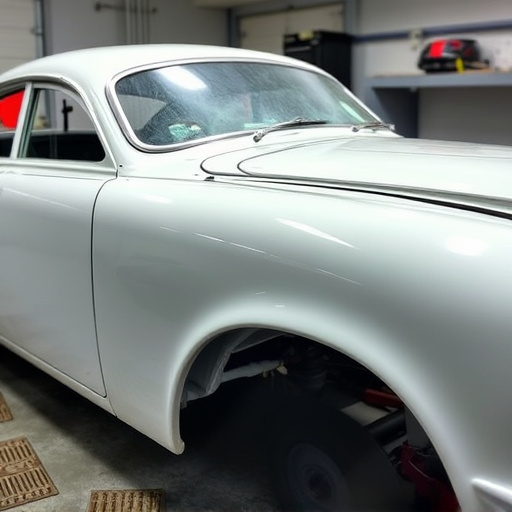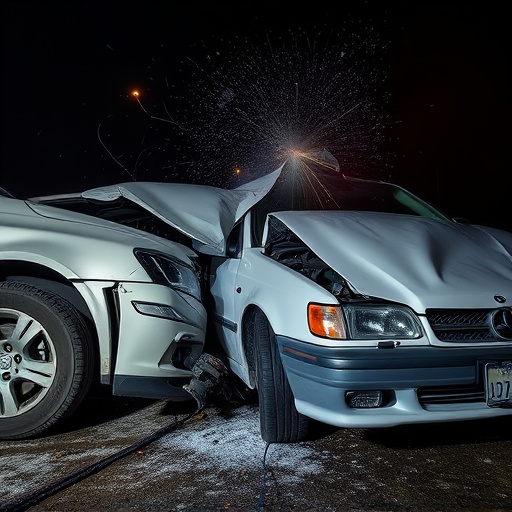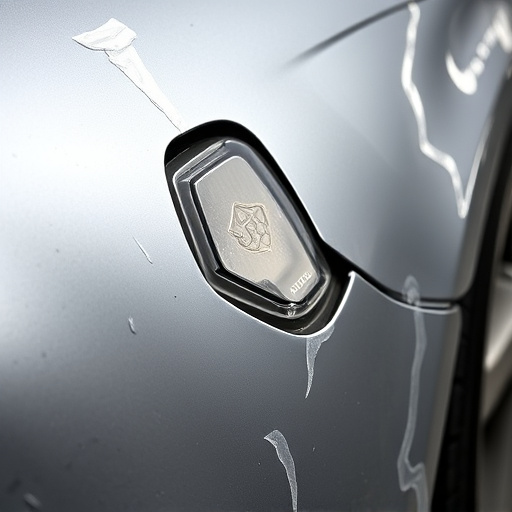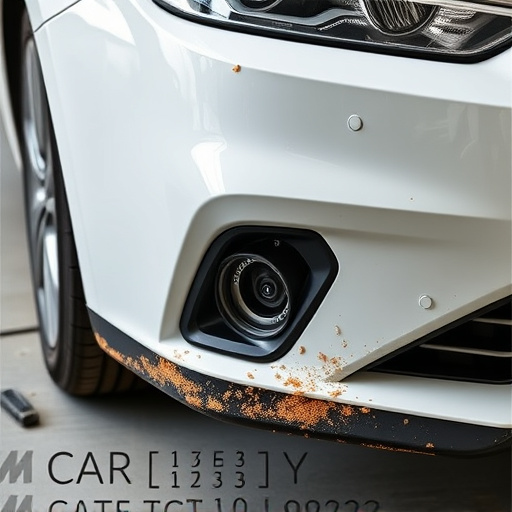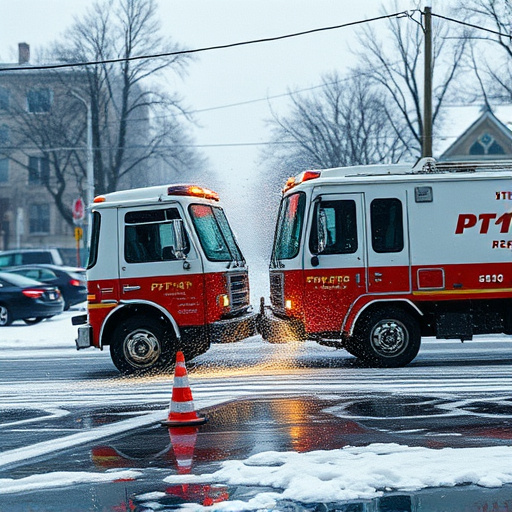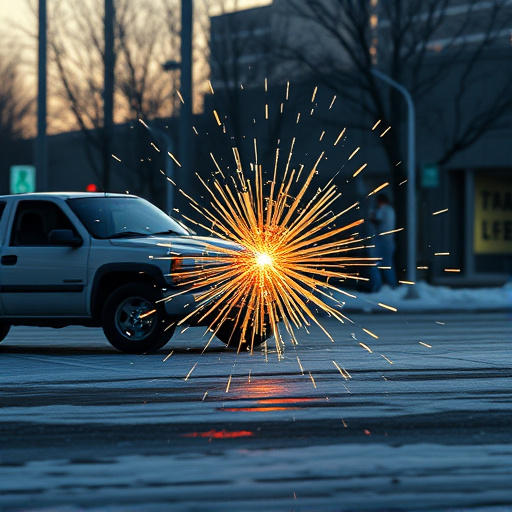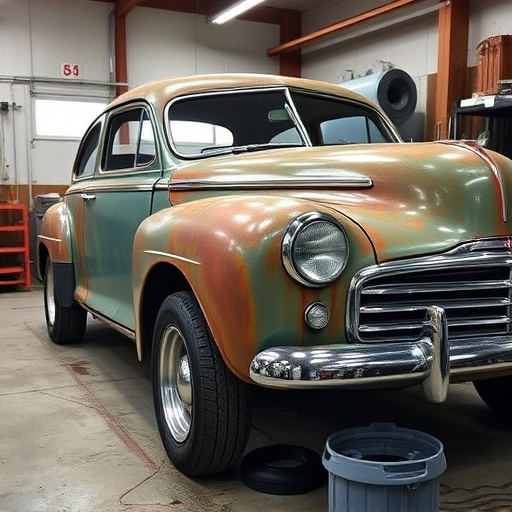C-pillar repair requires meticulous techniques due to its vital role in vehicle structural integrity. Auto specialists use advanced diagnostics, welding, painting, or panel replacement for restoration. Efficient labor scheduling, cross-training mechanics, and strategic coordination among collision services ensure timely repairs, minimizing vehicle downtime and enhancing customer satisfaction through high-quality work.
C-pillar damage is a significant concern for fleet managers, impacting safety and vehicle longevity. This article delves into the intricacies of C-pillar repair, offering valuable insights on understanding common damage types, efficient repair processes, and most importantly, labor scheduling coordination. We explore strategic approaches to optimize repair timelines, ensuring seamless restoration without compromising quality. By implementing effective coordination methods, fleet operators can mitigate downtime and enhance overall vehicle performance.
- Understanding C-Pillar Damage and Repair Process
- Efficient Labor Scheduling Strategies for Repairs
- Streamlining Coordination for Seamless C-Pillar Restoration
Understanding C-Pillar Damage and Repair Process
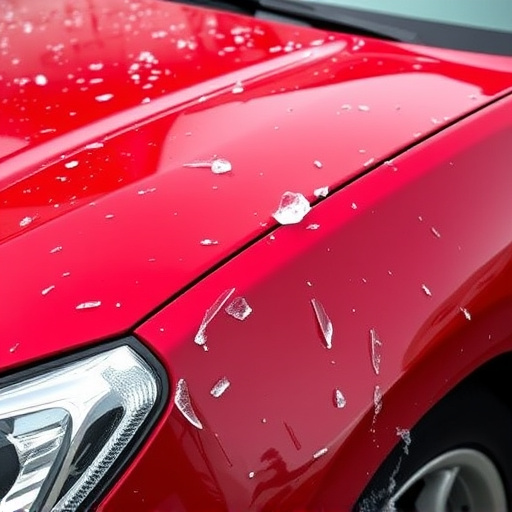
C-pillar damage often occurs due to impact or corrosion, requiring careful assessment and precise repair techniques. The C-pillar, a structural component in vehicle designs, plays a critical role in car body integrity. When damaged, it necessitates a meticulous restoration process that involves several steps. Auto maintenance specialists begin by examining the extent of the damage, using advanced diagnostic tools to identify weak points and potential issues hidden beneath the surface. This initial phase is crucial for determining the most effective repair strategy.
Subsequent to the evaluation, skilled technicians employ specialized equipment and high-quality materials to effect the C-pillar repair. In automotive restoration, this may involve replacing corroded or damaged sections with new components, ensuring structural integrity and safety standards are met. Car body restoration techniques can range from simple welding and painting to complex panel replacement, all depending on the severity of the damage. The goal is to return the vehicle to its pre-accident condition, enhancing aesthetics and ensuring long-term reliability.
Efficient Labor Scheduling Strategies for Repairs
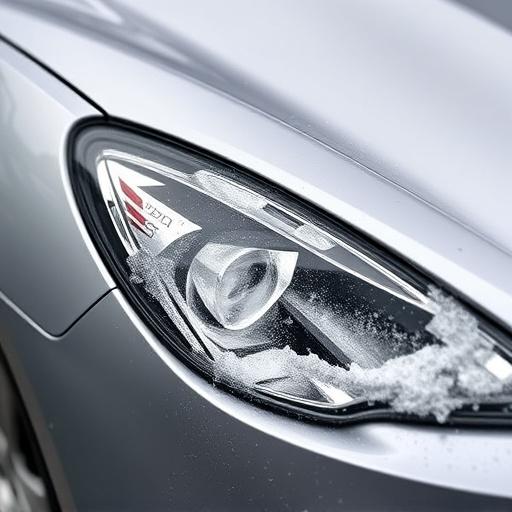
Efficient labor scheduling is a cornerstone in ensuring seamless and timely C-pillar repair processes. For automotive workshops offering car repair services, implementing strategic planning can significantly reduce downtime for vehicles, enhancing customer satisfaction. One proven strategy involves prioritizing tasks based on urgency and complexity. In cases of minor repairs like fender benders, quick turnaround times can be achieved by scheduling these jobs between more extensive C-pillar restoration projects, optimizing workshop capacity.
Additionally, cross-training mechanics in various aspects of autobody repairs enables flexible staffing. This skill set allows for dynamic task allocation, addressing unexpected surges in demand for specific services. By combining efficient labor distribution and a versatile workforce, workshops can ensure that even during peak seasons or after major accidents, C-pillar repair services are delivered promptly and professionally.
Streamlining Coordination for Seamless C-Pillar Restoration
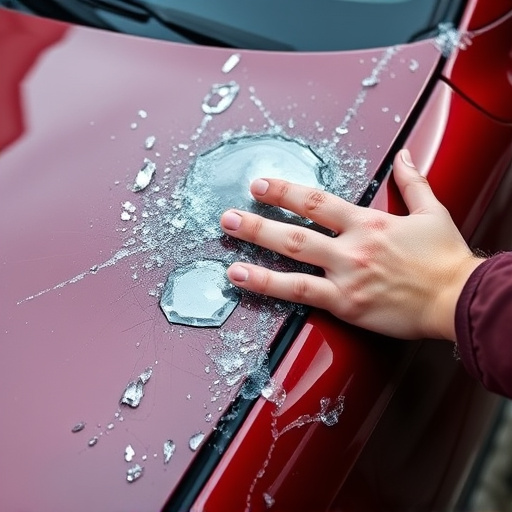
In the realm of automotive restoration, efficient coordination is key to achieving seamless C-pillar repair outcomes. Streamlining the process involves a strategic approach to labor scheduling and communication among collision repair services. By implementing robust systems, car bodywork services can ensure that every team member is aligned with the repair timeline, minimizing delays and maximizing productivity. This coordinated effort is especially vital when addressing fender bender incidents, where quick turnaround times are often required.
Effective coordination means that once a C-pillar repair process is initiated, all necessary resources—from specialized technicians to high-quality parts—are readily available. This seamless integration allows for a swift and accurate restoration, ensuring the vehicle returns to its pre-incident condition. Moreover, advanced scheduling tools can predict potential bottlenecks, enabling proactive measures to keep the repair process on track, thus enhancing overall customer satisfaction.
C-pillar repair is a specialized process that requires efficient labor scheduling and seamless coordination. By understanding the damage, implementing strategic scheduling, and streamlining communication, businesses can ensure a swift and effective restoration process. These practices not only save time and resources but also contribute to maintaining safety standards and customer satisfaction, making it an integral part of any fleet maintenance program.
